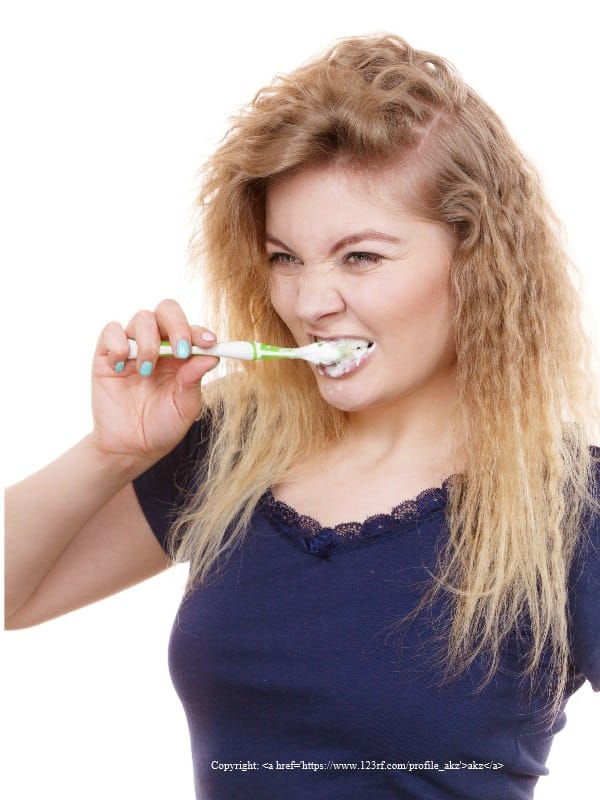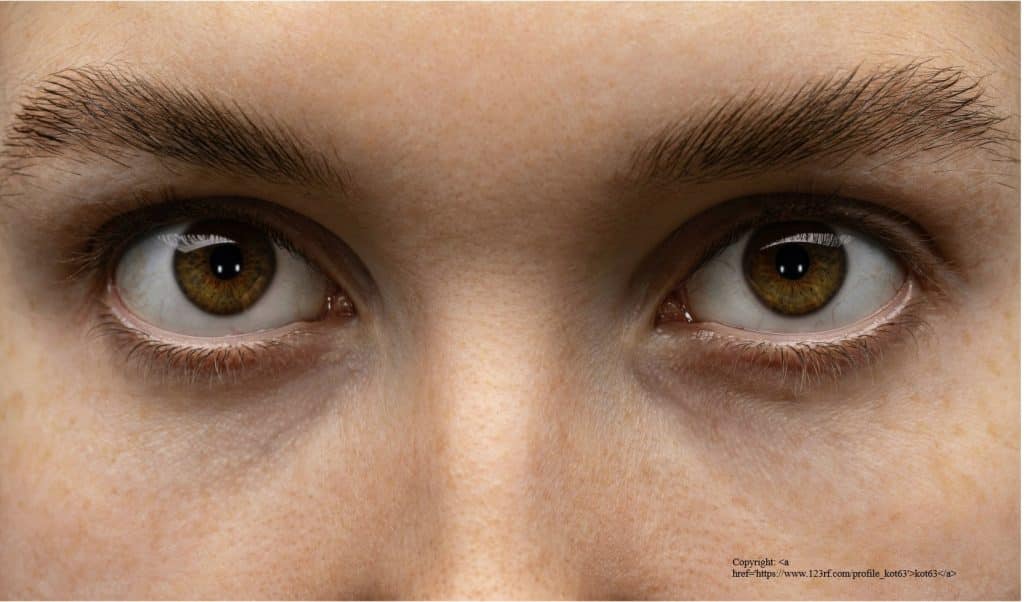Where does a tooth get its color?
Notice the whiteness of a child’s tooth. Not only do children not have any of the stains that we pick up as adults, but they have very pale yellow light-colored dentin. The dentin, the layer of your tooth under the enamel, dictates the color of your teeth. Since dentin darkens with age, our teeth lose their brightness and whiteness. Tooth enamel is relatively translucent. It is thicker through the body of the tooth than on the edges.
Tooth whitening products remove the adult stains of coffee, tea, or smoking on the enamel surface, but also weaken the enamel. So, if you use whitening products like toothpaste, mouthwash, or other OTC whitening products to whiten your teeth, the enamel gets weaker and weaker. Using these products frequently will cause the enamel to get thinner (more translucent) while the dentin gets darker.
How long should you whiten your teeth?
Most people brighten their smile two or three shades lighter and are happy. Further recommendations for Martin Zase, president of the Academy of Cosmetic Dentistry suggest looking at the whites of your eyes. Achieving that shade presents a natural look without throwing off the balance of your face. Remember the episode on Friends when Ross whitened his teeth? Essentially, if the tips of your teeth appear translucent, you have achieved all the whiteness your teeth can handle. Continuation will only cause your teeth to become extremely sensitive after losing so much of the tooth’s enamel protective covering.
It’s also essential to consider your age and gender. As people get older, teeth naturally darken. A middle-aged person with pure white teeth may look strange.
If you are unhappy with your dental image in the mirror, contact us for a free smile evaluation.


